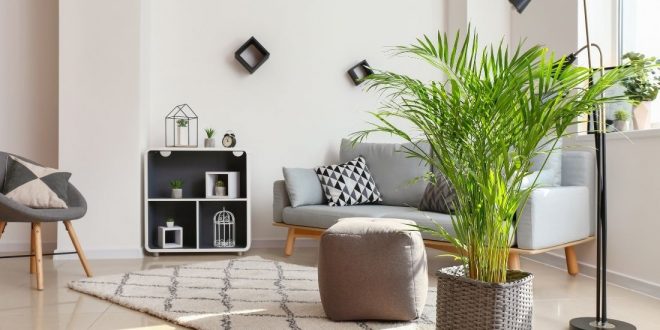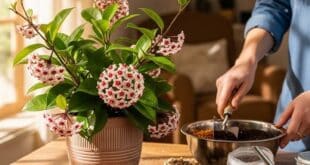What is Areca Palm
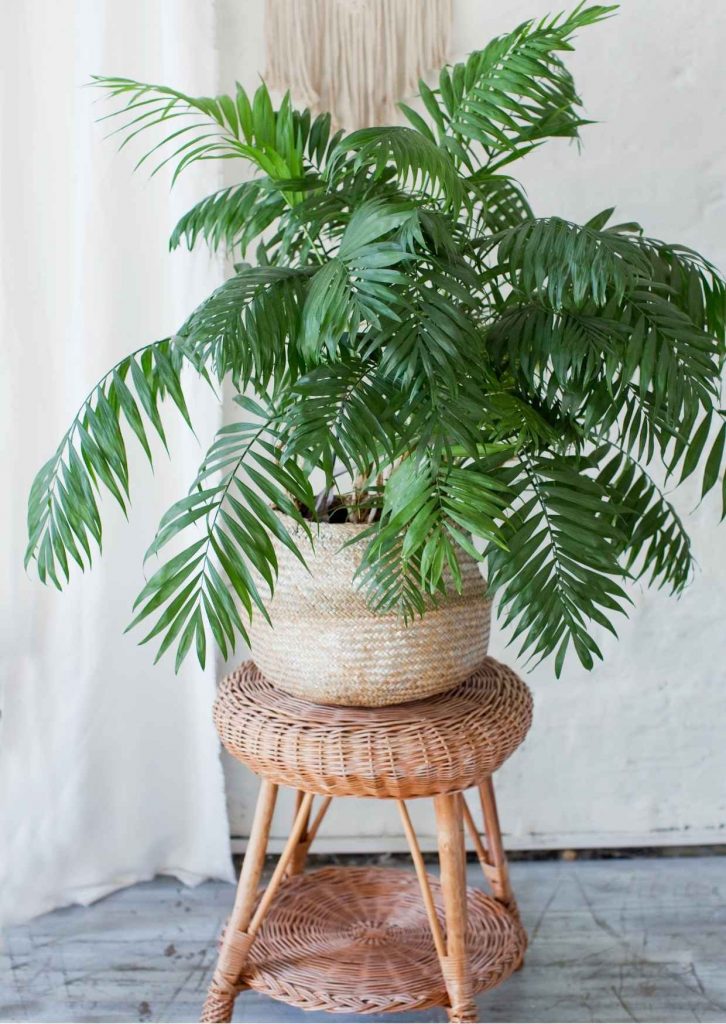
Areca Palm (Dypsis lutescens), commonly known as Bamboo Palm, Golden Cane Palm, or Yellow Palm, is a stunning tropical plant that can bring life to any indoor or outdoor space. Its lush, evergreen foliage and air-purifying properties make it a favorite among plant enthusiasts. Native to Madagascar, this palm is non-toxic, making it safe for pets and children. With proper care, Areca Palm can grow up to 10-20 feet tall and 12-30 feet wide, creating an impressive presence in your home or office.
In this comprehensive guide, we’ll explore everything you need to know about areca palm care, including its basic requirements, maintenance tips, propagation techniques, troubleshooting issues, and more.
Basic Information About Areca Palm
- Scientific Name: Dypsis lutescens (formerly Chrysalidocarpus lutescens)
- Common Names: Areca Palm, Bamboo Palm, Golden Cane Palm, Yellow Palm
- Origin: Madagascar
- Growth Features: Height: 10-20 feet; Width: 12-30 feet
- Toxicity: Non-toxic; safe for pets and children
- Appearance: Long, arching fronds with narrow leaflets that create a feathery texture
Benefits of Areca Palm
- Air Purification: Areca Palm removes toxins like formaldehyde, benzene, and carbon monoxide from the air, improving indoor air quality.
- Humidity Regulation: It releases moisture into the air, helping to maintain humidity levels, especially in dry environments.
- Aesthetic Appeal: Its tropical appearance adds a touch of elegance and warmth to any space.
- Non-Toxic: Unlike many other houseplants, Areca Palm is completely safe for pets and children.
Areca Palm Care Tips
Sunlight Requirements

- Areca Palm thrives in bright, indirect sunlight. Direct sunlight can scorch its leaves, causing them to turn yellow or brown.
- Position the plant in a room with south, east, southeast, or west-facing windows to ensure it gets plenty of light throughout the day.
- Rotate the pot every few weeks to promote even growth and prevent one side from becoming overexposed.
Watering and Humidity

- Areca Palm requires consistent watering. Check the soil regularly; water the plant when the top inch feels dry. Avoid letting the soil become completely dry or overly saturated.
- Use decalcified, rested water to prevent mineral buildup in the soil. Rainwater or distilled water is ideal.
- High humidity is essential for Areca Palm. Mist the leaves regularly or place a humidifier nearby to maintain moisture levels.
Temperature Preferences
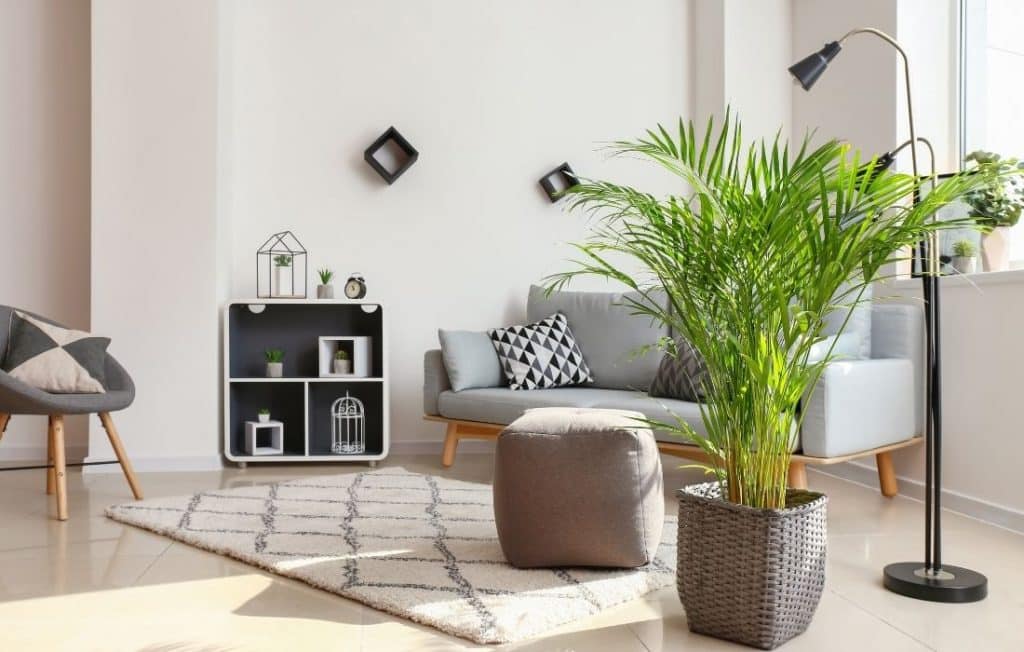
- Ideal temperature range: 16-24°C (60-75°F). The plant dislikes sudden temperature changes or cold drafts, which can cause stress.
- Ensure the temperature does not drop below 13°C (55°F), as this can lead to browning of the leaves.
- Avoid placing the plant near air conditioners, heaters, or open windows that may expose it to extreme temperature fluctuations.
Soil Requirements
- Areca Palm prefers nutrient-rich, slightly acidic soil with good drainage. A mix of potting soil, sand, and perlite works well.
- Replace compacted or depleted soil annually to maintain healthy growth.
- Ensure the pot has drainage holes to prevent waterlogging, which can lead to root rot.
Fertilizer
- Feed Areca Palm with liquid fertilizer during the growing season (spring and summer). Organic fertilizers are recommended for best results.
- Dilute the fertilizer with water to avoid shocking the plant. Apply every 4-6 weeks for optimal growth.
- Avoid over-fertilizing, as this can cause salt buildup in the soil and damage the roots.
Pruning
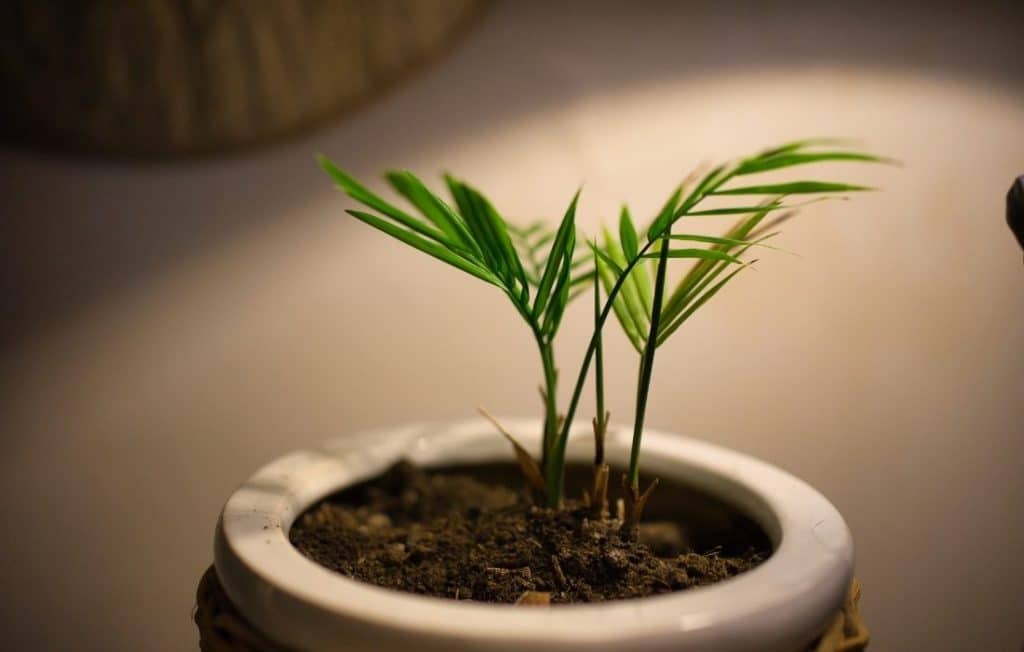
- Regular pruning helps maintain the plant’s health and appearance. Remove dry, yellowing, or damaged leaves to encourage new growth.
- After pruning, apply wax to the cut areas to prevent rot and infections.
- Avoid cutting healthy green leaves, as this can weaken the plant.
Propagation
- Areca Palm grows from the root, making it easy to propagate. Separate sprouts from the root system along with some soil and plant them in a new pot.
- Use a well-draining potting mix and water the new plant lightly to keep the soil moist.
- Avoid overwatering newly propagated plants, as their roots are still developing.
Pot Change
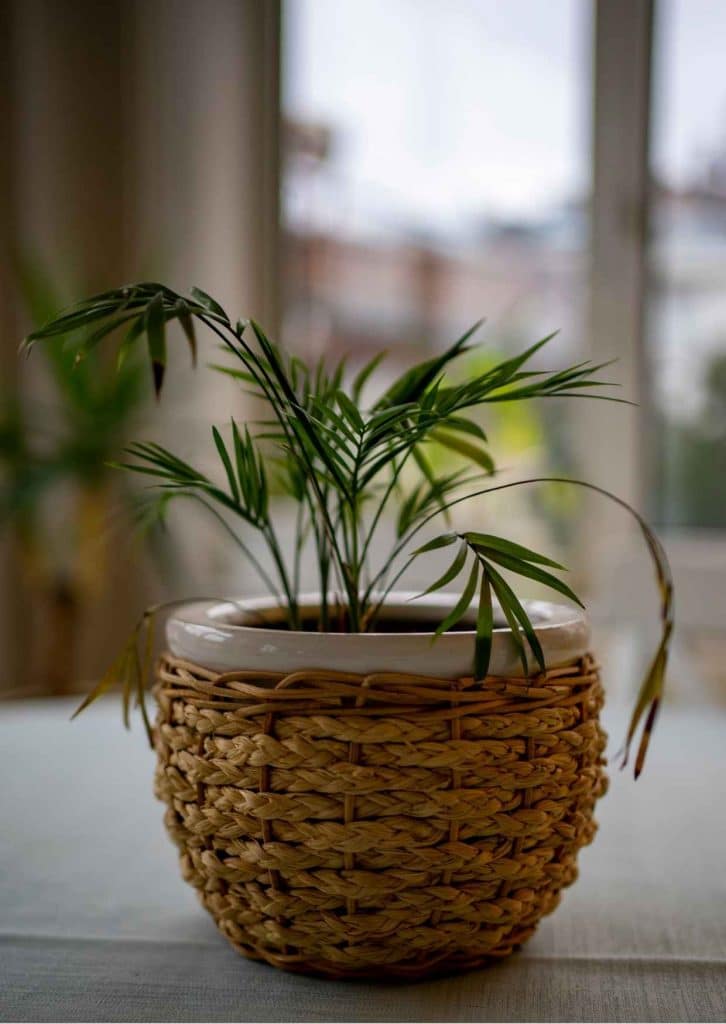
- Areca Palm grows rapidly when cared for properly. Repot the plant every 2-3 years or when it becomes root-bound.
- Choose a pot that is 2-3 inches larger in diameter than the current one. Ensure it has drainage holes.
- Replace the soil during repotting to refresh nutrients and improve drainage.
Common Diseases and Pests of the Areca Palm Care
- Fungal Issues: Overwatering can lead to fungal infections. Adjust the watering schedule and use fungicides to treat affected areas.
- Pests: Aphids, mealybugs, and spider mites are common pests. Treat infestations with insecticidal soap or neem oil.
- Yellowing Leaves: Indicates insufficient light, overwatering, or poor soil quality. Address the underlying issue promptly.
Areca Palm Care Tricks
- Ensure the plant receives adequate sunlight; avoid low-light areas.
- Maintain consistent watering; do not let the soil dry out completely.
- Avoid placing the plant near walls, furniture, or objects that may touch its leaves.
- Keep the plant away from air drafts and sudden temperature changes.
- Ensure no water accumulates in the pot tray to prevent root rot.
- Prune dried leaves and apply wax to prevent damage to the plant.
- Propagate easily by separating sprouts from the root.
Troubleshooting Common Issues
- Brown Leaf Tips: Caused by cold weather, overwatering, air drafts, lack of humidity, root compaction, or poor soil quality. Address the underlying issue to restore the plant’s health.
- Black Spots on Leaves: Indicate insufficient light. Move the plant to a brighter location.
- Black Spots on Trunk: Sign of fungal infection due to overwatering. Adjust the watering schedule and apply fungicide.
Additional Tips for Areca Palm Care
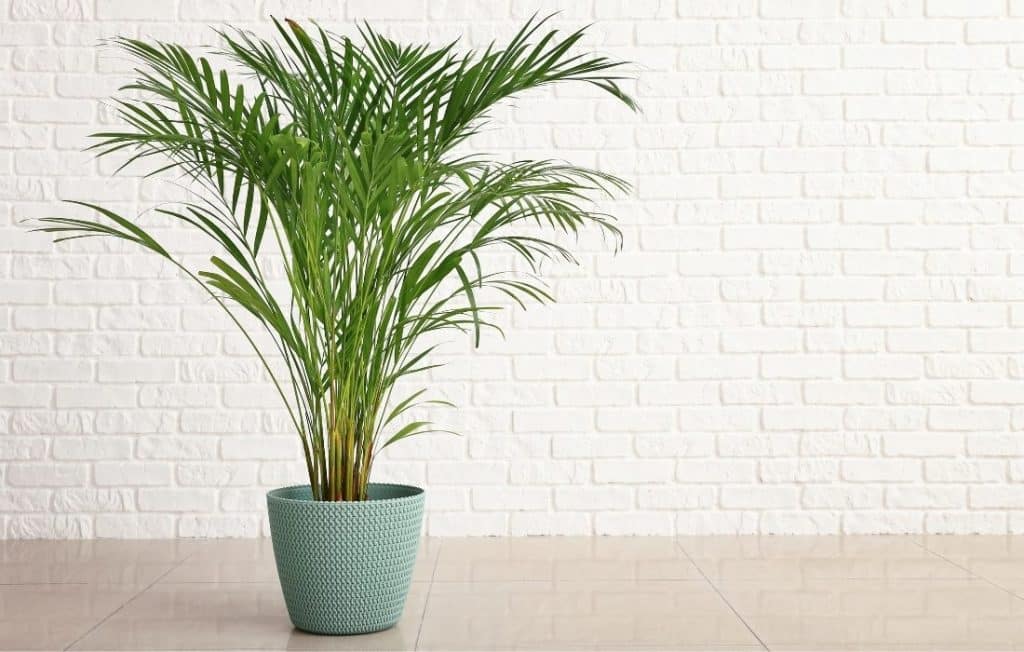
- Seasonal Care: Reduce watering in winter when the plant’s growth slows down. Avoid fertilizing during this period.
- Cleaning Leaves: Dust accumulation can block sunlight and hinder photosynthesis. Clean the leaves gently with a damp cloth or mist them regularly.
- Grouping Plants: Place Areca Palm near other tropical plants to create a natural humid microclimate.
- Decorative Use: Use Areca Palm as a statement piece in living rooms, offices, or bedrooms. Pair it with stylish pots for added aesthetic appeal.
Conclusion
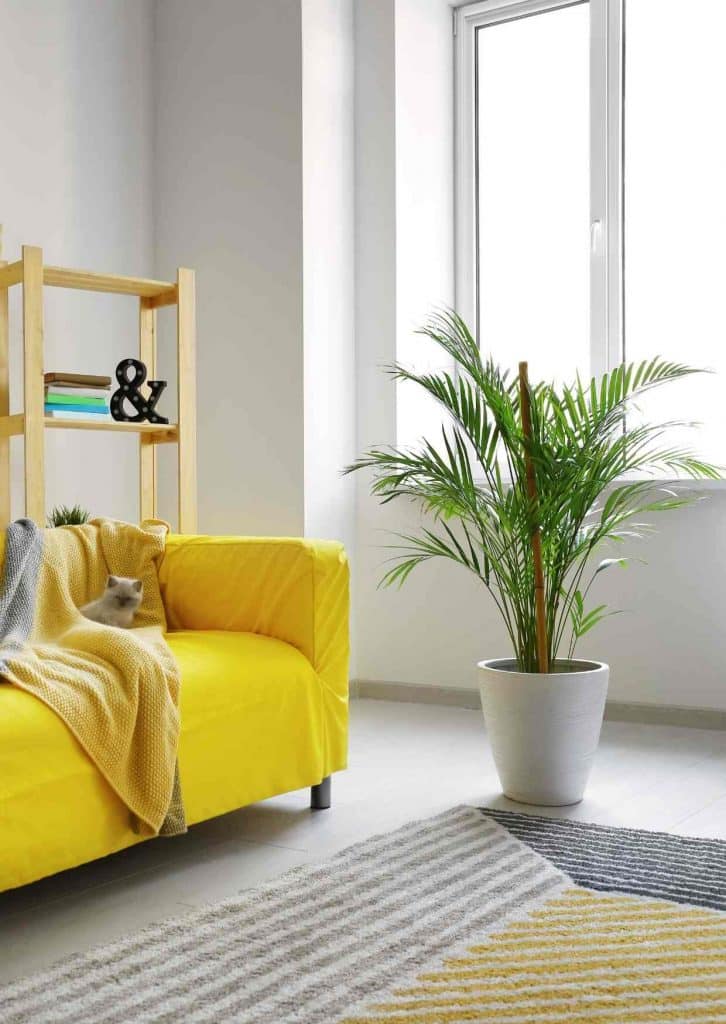
Areca Palm (Dypsis lutescens) is a versatile and low-maintenance plant that can transform your indoor spaces into a tropical haven. By following these areca palm care tips, you can ensure your plant thrives and remains vibrant year-round. From proper sunlight and watering to soil and temperature preferences, this guide covers everything you need to know to keep your Areca Palm healthy and beautiful.
For more insights into caring for indoor plants, explore our related articles and discover how to create a greener, healthier home environment. You can find other plant care instructions at this link.

